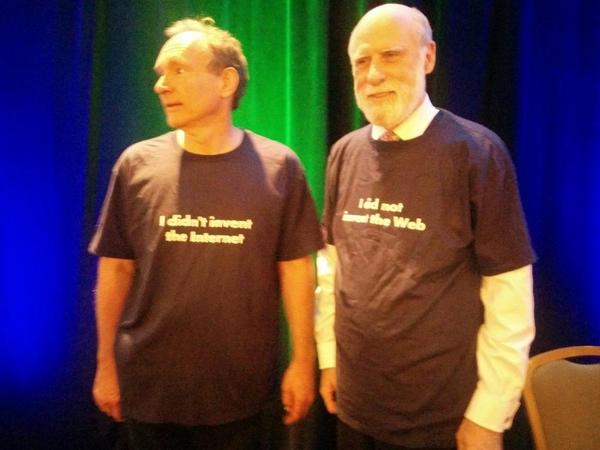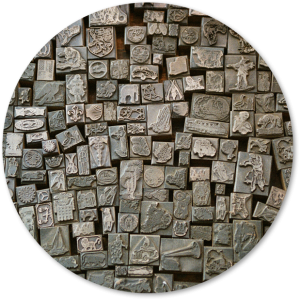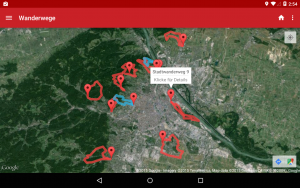Sunday afternoon fun: The Web and the Net

A friend of mine posted that pic on facebook – together with the post from the Status-Q blog archive, saying:
This has been circulating on Twitter, courtesy of Jeremy Geelan – taken at W3C20. Tim Berners-Lee is on the left, Vint Cerf on the right, and the joke is on those who don’t know the difference between the web and the ‘net.
In 2014, that joke still seems to work – and why shouldn’t it? At least amongst folks not captured all day with technology stuff. But there’s an easy metaphor to know the difference:
- You write a letter on a piece of paper – in your own words, your language – which (hopefully) the recipient – say: your friend – will understand. Letters get written to-and-fro between you and your friends, relatives, others; a whole lot of pages written fly across the earth. Pages in different languages and hopefully all the writers and recipients understand each other. To ensure exactly this – for electronic letters – Berners-Lee invented an ubiquitous language and called it HTML – so that everyone could understand those written pages, when displayed by something capable of reading HTML – a browser for instance 😉
- And the letters? Well, they need transportation. The post offices, horse carriages, trains, ships, plains, … And busy postmen (and women, for sure) to deliver them to the recipients. All kinds of different transportation methods have to constantly join efforts and bridge gaps to get all those letters flying across the earth. To make that a little easier – for the electronic letters – Cerf thought of a unified method for transportation and called it Transmission Control Protocol (TCP); he even considered efficient addressing of recipients and called this the Internet Protocol (IP).
So, actually letters could exist electronically as pages, independently; everyone could understand them as they were all written in HTML, and recipients could decode them as they had browsers – here’s with the WEB.
Independently of this, writers and recipients could identify each other by addresses and could transport stuff between them – here’s with the INTERNET.
Needless to say – however – that the real breakthrough success eventually came with the joining of both (a little bit as in the pic, maybe ;))
- More on the Net: http://en.wikipedia.org/wiki/Vint_Cerf
- And more on the Web: http://en.wikipedia.org/wiki/Tim_Berners-Lee





